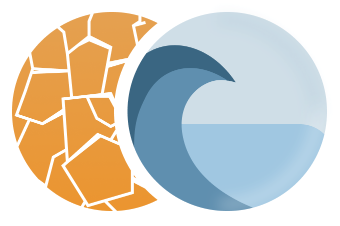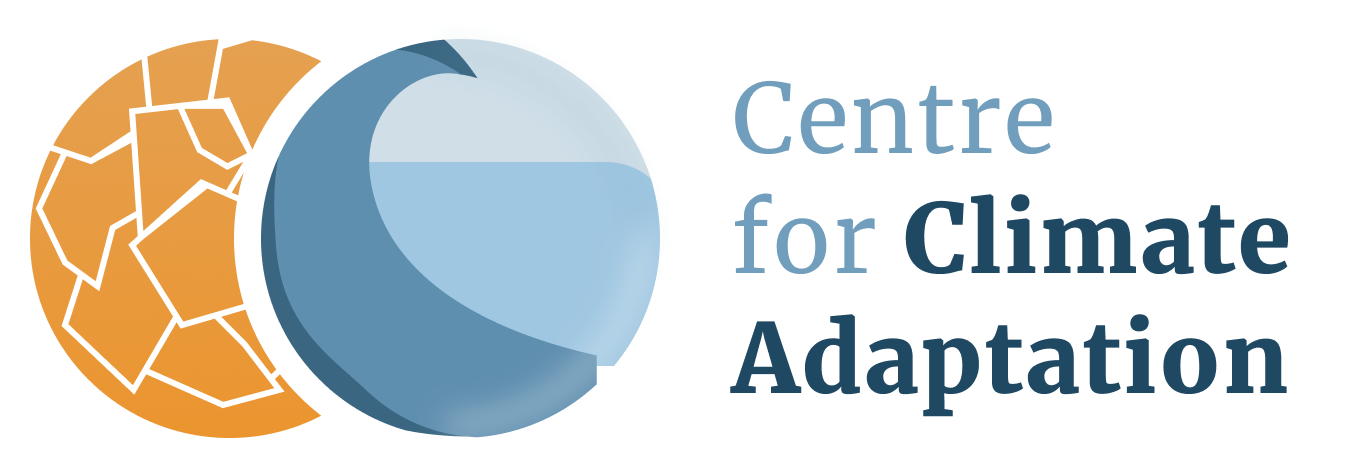Latvia
Biodiversity
Vulnerabilities - Terrestrial biodiversity
There are approximately 1700 vascular plant species in the Latvian flora of which almost one third are non-indigenous species that have spread because of human activities (1).
Over the time period 1965 – 2000 the vegetation period in Latvia has increased on average by 8 days. Typically, the ratio of coniferous stands has decreased and the ratio of deciduous stands has increased over this period. Changes in the ratio of various tree species is related mainly to land-use change (natural and artificial afforestation of non-agricultural lands) and climate impact (increase of temperature and precipitation), as well as soil eutrofication. Transformation of plant and animal species and their systems occurs under the impact of three main, interconnected factors: environmental factors – human economic activities, climate fluctuations (currently, the climate warming) and environmental enrichment (eutrophication) (2).
Currently, the indicators for intensive biota transformation in Latvia are the change in the number of species and in the share of the prevailing tree species in forest stands ocurring as a result of the above mentioned environmental factors. Over the time period 1995 – 2005, the area occupied by coniferous trees has decreased by 5% (spruce by 10%, pine-trees by 3%); the area occupied by deciduous trees has increased by 12% (aspen by 52%, grey alder by 27%, black alder by 13%, birch by 6%). In recent years, the area covered by stands of broad–leaved trees has decreased: oaks by 2%, – and the more widespread broad-leaved tree species, the ash-tree – by 12% (2).
During the past decades, the biota of Latvia, and environment in general, has become more dynamic, the invasion of new species of flora and fauna occurs considerably faster, biocenosis and biotopes are changing. This process is reflected by the increase of the number of foreign species that has occured during the past decades of the 20th century. Especially adverse impacts to the economic development of the country already in the near future, may be caused by the rapid increase of the ratio of unstable forest pioneer stands (birch, aspen and grey alder) and the degradation of stable or so called climax forest stands (stands of spruce, oak and ash-tree) (2).
Spring advancement
Significant seasonal changes have taken place across the Latvian landscape due to climate change in recent decades. The largest changes were observed in an earlier start of flowering of tree species hazel, grey alder and aspen: 8 days earlier per decade in the period 1970-2018 (7). Insects and spring migratory birds now also emerge earlier in spring (7). Trends in the autumn phases are less clear. For some species, phases such as the colouring and falling of the leaves now occur later; for some species, autumn phases show a tendency to occur earlier, may be due to changes in the moisture regime (drought) in recent years (7).
Vulnerabilities - Marine biodiversity
Baltic Sea
The Baltic Sea today suffers from eutrophication and from dead bottom zones due to (3,8)
- excessive nutrient loads from land,
- limited water exchange with the world ocean and
- perhaps other drivers like global warming.
The impact of excessive nutrient loads is the most important driver of hypoxia in the Baltic Sea. Without elevated nutrient concentrations, hypoxia would not have occurred during the twentieth and twenty-first centuries (6).
Model simulations (3) suggest that global sea level rise will cause increases in
- frequency and magnitude of saltwater inflows,
- salinity and phosphate concentrations in the Baltic Sea as a direct or indirect consequence of increased cross sections in the Danish straits, and will contribute to
- increased hypoxia and anoxia amplifying the previously reported future impacts of increased external nutrient loads due to increased runoff, reduced oxygen flux from the atmosphere to the ocean and intensified internal nutrient cycling due to increased water temperatures in future climate (4).
Although sea level rise will cause more intense inflows of high saline, oxygen-rich water, hypoxic bottom areas will increase because of increased stratification (3).
The combined impact of changing nutrient loads from land and changing climate during the 21st century for the Baltic Sea region has been assessed, for a moderate (RCP 4.5) and high-end scenario (RCP 8.5) of climate change (5). The scientists found in almost all scenario simulations, with differing nutrient inputs, reduced eutrophication and improved ecological state compared to the reference period 1976-2005. This result is a long-lasting consequence of ongoing nutrient load reductions since the 1980s. Only in case of combined high-end nutrient load and climate scenarios, eutrophication is reinforced. Effects of changing climate, within the range of considered greenhouse gas emission scenarios, are smaller than effects of considered nutrient load changes, in particular under low nutrient conditions. Hence, nutrient load reductions following the Baltic Sea Action Plan will lead to improved environmental conditions independently of future climate change (5).
References
The references below are cited in full in a separate map 'References'. Please click here if you are looking for the full references for Latvia.
- Ministry of Environmental Protection and Regional Development (2001)
- Ministry of the Environment of the Republic of Latvia (2006)
- Meier et al. (2017)
- Meier et al. (2011), in: Meier et al. (2017)
- Saraiva et al. (2019)
- Meier et al. (2019)
- Kalvāne and Kalvāns (2021)
- Hepach et al. (2024)




